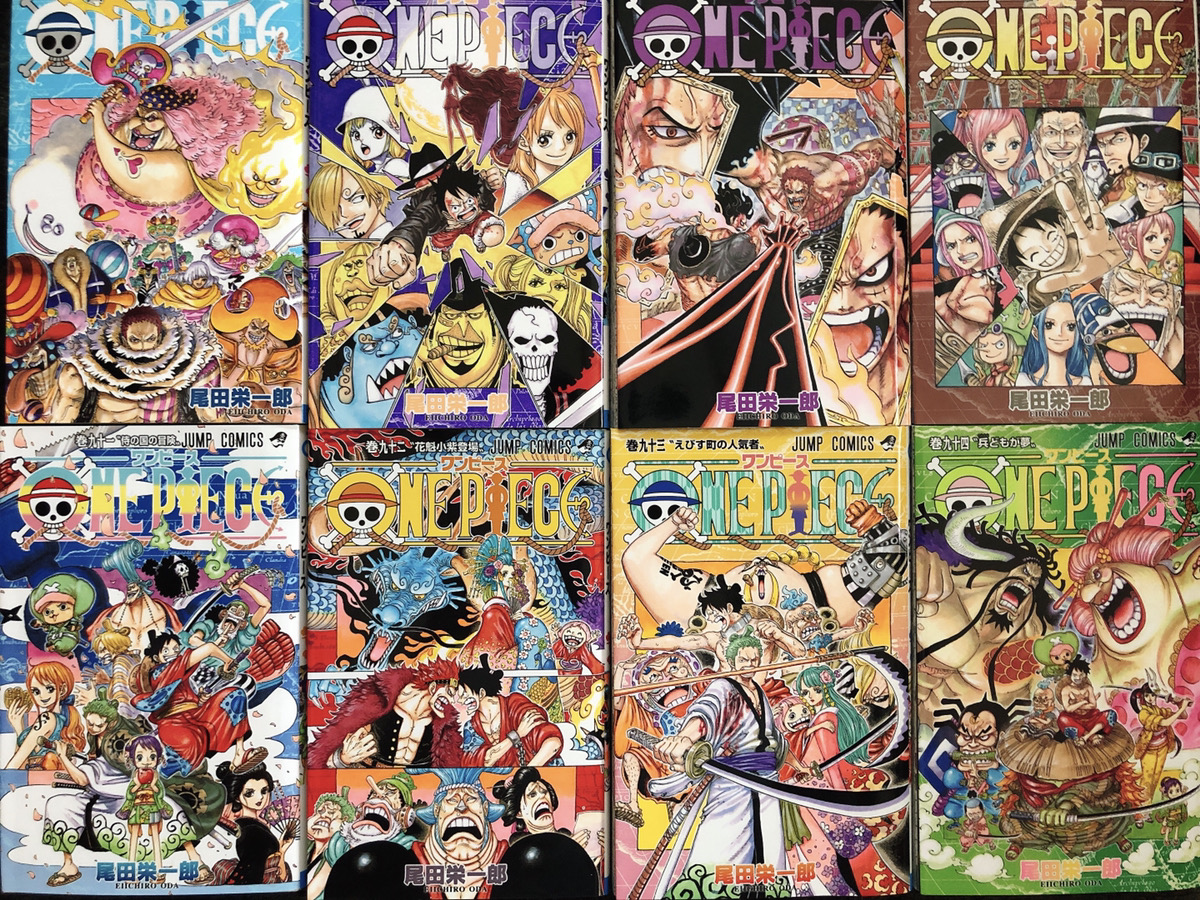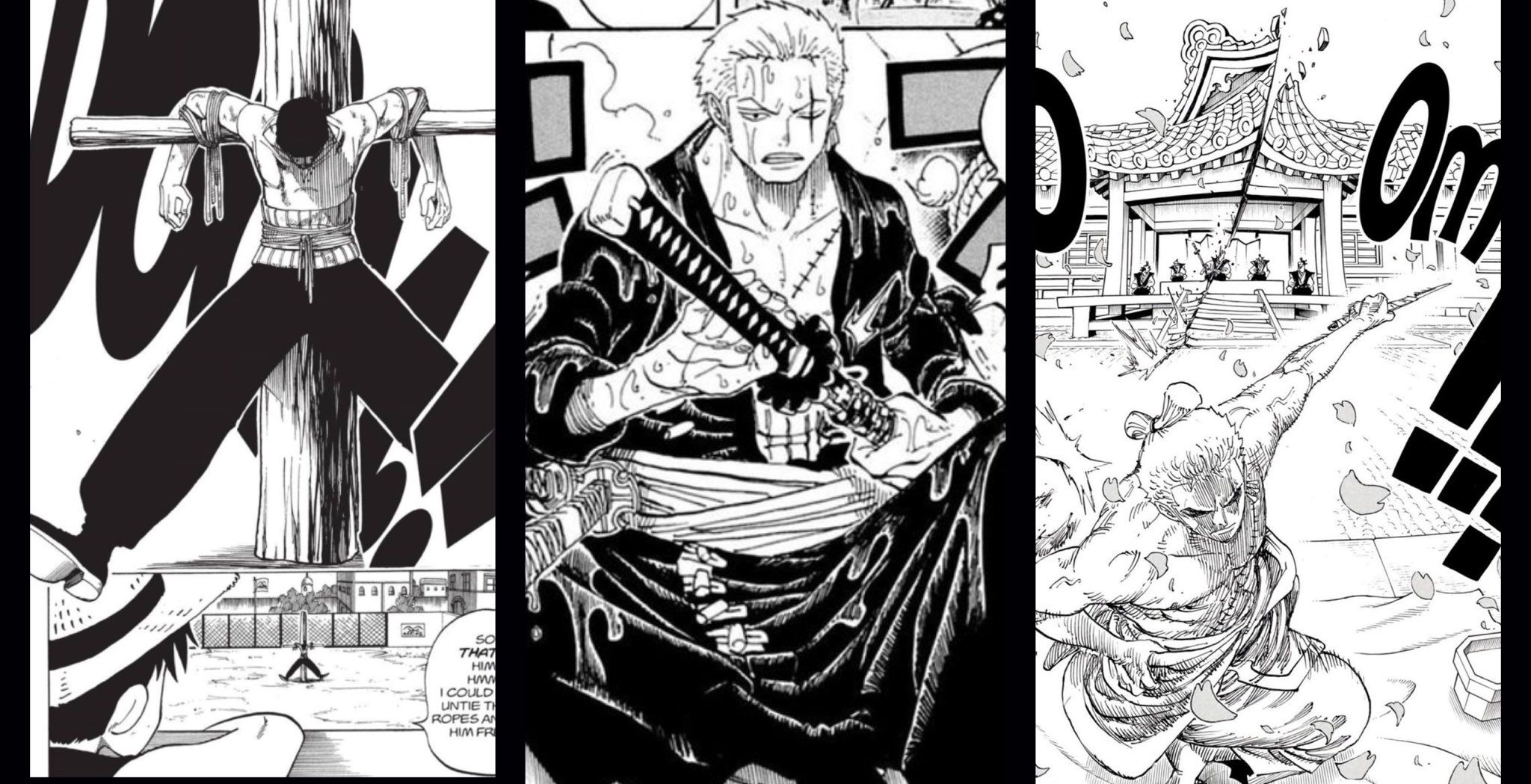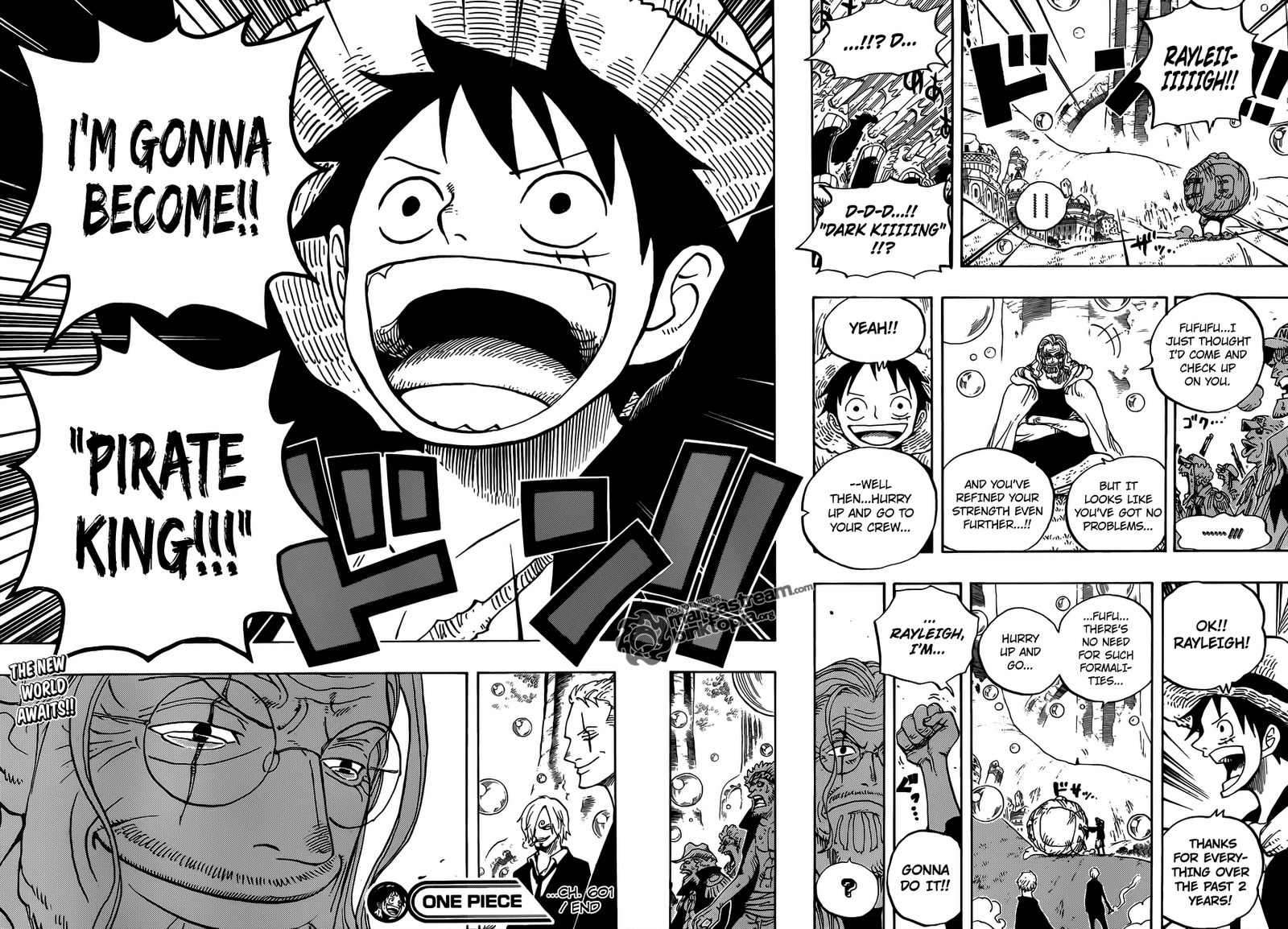One Piece manga in Japanese? Yo, it’s way more than just a comic book, dude. We’re talkin’ a cultural phenomenon, a mega-hit that’s shaped Japanese pop culture for decades. From its wild storylines and iconic characters to its impact on the language itself, One Piece’s Japanese roots are super deep. Get ready to explore the history, artistry, and cultural significance behind this legendary manga – it’s gonna be epic.
This deep dive explores One Piece’s insane popularity in Japan, analyzing sales trends and comparing its readership to other manga giants. We’ll break down the Japanese language and cultural nuances woven into the story, examining how Oda’s artistic style evolved and how Japanese folklore influences the narrative. Plus, we’ll look at critical reception in Japan and compare it to global reactions.
Prepare for a total immersion in the world of One Piece – Japanese style!
One Piece Manga: A Japanese Cultural Phenomenon: One Piece Manga In Japanese
Yo, what’s up, manga heads! Let’s dive deep into the world of One Piece, the epic manga that’s taken Japan (and the rest of the world) by storm. We’re breaking down its popularity, cultural impact, artistic style, and everything in between, straight from a Japanese perspective. Get ready to geek out!
You also can understand valuable knowledge by exploring dominion manga.
One Piece Manga’s Popularity and Readership in Japan

One Piece isn’t just a manga; it’s a cultural juggernaut. Its sales figures consistently rank among the highest in Japan’s manga history, showcasing its enduring popularity across generations. While precise year-by-year sales data fluctuates, One Piece consistently maintains its spot at the top, often outselling other popular titles. The readership demographic is broad, spanning from young teens to adults, a testament to the series’ diverse appeal.
Compared to other popular series like
-Attack on Titan* or
-Demon Slayer*, One Piece boasts a longer lifespan and thus a larger cumulative readership, solidifying its position as a long-running cultural icon. Its weekly serialization in
-Weekly Shonen Jump* has been a key factor in its success, providing consistent exposure to a massive audience. The manga’s influence extends beyond mere entertainment; it’s woven into Japanese pop culture, influencing fashion, language, and even tourism.
One Piece Manga’s Japanese Language and Cultural Nuances, One piece manga in japanese
Oda-sensei’s masterful storytelling incorporates many subtle yet significant Japanese cultural references. The language itself is carefully crafted, using a mix of formal and informal speech to reflect character relationships and situations. For example, the use of honorifics and specific vocabulary choices add depth and authenticity to the narrative. Many storylines incorporate elements of Japanese folklore, mythology, and history.
The portrayal of Japanese culture in One Piece differs from other media by focusing on a sense of adventure and exploration, often blending fantastical elements with familiar cultural touchstones. This unique blend makes it relatable to Japanese audiences while also appealing to a global readership.
| Japanese Name | English Translation | Meaning/Connotation Differences | Example |
|---|---|---|---|
| モンキー・D・ルフィ (Monkī D. Rufi) | Monkey D. Luffy | Similar, but the Japanese name adds a playful, slightly mischievous tone. | ルフィ’s (Luffy’s) name evokes a sense of childlike energy. |
| ロロノア・ゾロ (Roronoa Zoro) | Roronoa Zoro | Minimal difference, maintaining the strong, warrior-like feel. | The name sounds strong in both languages. |
| ナミ (Nami) | Nami | Direct translation, retaining the simple yet memorable quality. | The name is easy to remember and pronounce in both languages. |
| ウソップ (Usoppu) | Usopp | A slight play on words, emphasizing his tendency to lie. | “Uso” means “lie” in Japanese, subtly hinting at his character. |
The Artistic Style and Visual Elements of the Japanese One Piece Manga

Eiichiro Oda’s art style is instantly recognizable. It’s evolved over the years, becoming more detailed and expressive, yet retaining its signature dynamism and character. His panel layouts are masterful, using a variety of techniques to create a sense of movement and excitement. Compared to other manga, One Piece stands out for its expressive character designs, detailed backgrounds, and energetic action sequences.
The manga’s visual style is characterized by a vibrant color palette, exaggerated proportions, and a sense of whimsy that complements the adventurous tone of the story. Think of dynamic action scenes with exaggerated poses, detailed backgrounds filled with fantastical creatures and locations, and expressive character faces that perfectly convey a range of emotions. The combination of these elements creates a unique and instantly recognizable aesthetic.
The Impact of Japanese Culture on One Piece’s Narrative and Themes
One Piece is steeped in Japanese culture. Many characters and storylines draw inspiration from Japanese folklore, mythology, and history. Themes like loyalty, friendship, and perseverance are central to the narrative, reflecting deeply ingrained Japanese values. The emphasis on overcoming obstacles and striving for one’s dreams echoes the Japanese spirit of resilience and determination. Locations within the One Piece world often draw inspiration from real or imagined places in Japan, blending familiar elements with fantastical settings.
The series also incorporates many subtle references to Japanese traditions and beliefs, adding layers of depth and meaning for Japanese readers.
- Samurai culture influences several characters and storylines.
- Mythological creatures like Oni and Kappa appear throughout the series.
- The importance of family and loyalty is a recurring theme.
- The concept of “bushido” (the way of the warrior) is reflected in several characters’ actions.
The Reception and Critical Analysis of One Piece Manga in Japan
One Piece has received overwhelmingly positive reviews in Japan. Japanese publications and media consistently praise its engaging storytelling, memorable characters, and captivating art style. Discussions among Japanese fans and critics often center on the series’ emotional depth, complex characters, and exploration of universal themes. While the international reception is equally enthusiastic, the cultural resonance within Japan is unique, due to the many subtle references and cultural themes woven into the narrative.
The series has earned numerous awards and accolades, cementing its status as a classic of Japanese manga.
- Multiple awards from prestigious Japanese manga awards ceremonies.
- Record-breaking sales figures consistently ranking at the top of best-selling manga lists.
- Widespread cultural influence, permeating various aspects of Japanese society.
- High critical acclaim from Japanese reviewers and critics.
So, there you have it – a wild ride through the world of One Piece in Japanese! From its explosive popularity and unique artistic style to the deep cultural influences shaping its narrative, it’s clear that One Piece isn’t just a manga; it’s a cultural touchstone. Whether you’re a longtime fan or a curious newcomer, hopefully, this exploration has given you a new appreciation for the depth and richness of this incredible series.
Now go forth and conquer the Grand Line – manga style!




